What Is Parallelism and What Is a Chiastic Structure?—Part 1
In this short series of articles I’d like to share my ideas about the use of parallelism and chiasm in the Hebrew Scriptures. I make extensive use of these concepts in my writing, so I decided to dedicate a section of my Substack to their study. Furthermore, the Bible uses parallelism and chiasm greatly! Therefore, I think it’s important as we endeavor to be good stewards of the word of God. Let’s begin with parallelisms. A parallelism is typically a short verse or two written in a thematic pattern of the style A B A’ B’ as follows:
By thematic pattern I mean that the elements of the parallelism (for example A and A’ or B and B’) share similar words, phrases, topics, events, situations and/or circumstances. Here are some examples of short parallelisms found in the Scriptures. The parallel nature is easily recognized because of its repetitious nature, where it seems that the author is stating the same thing twice.
Psalm 2:10—Now therefore, be wise, O kings; Be instructed, you judges of the earth.
Psalm 83:3—They have taken crafty counsel against Your people, And consulted together against Your sheltered ones.
As you can see, in each example the psalmist essentially said the same thing twice with slightly different wording. This is the nature of parallelism. This type of parallelism, where the parallel statements occur in the order given above (A B A’ B’ ) is known as synonymous parallelism.
A slightly different type of parallelism is the inverted or introverted parallelism, where the themes in the second half of the parallelism are inverted (written in opposite order) from the original design, giving us the following pattern (A B B’ A’).
These are also quite numerous. Here are two examples:
Psalm 33:6—By the word of the Lord the heavens were made, And all the host of them by the breath of His mouth.
Genesis 3:19—Till you return to the ground, For out of it you were taken; For dust you are, And to dust you shall return.
Even if you have only read your Bible for a few months, I’m sure you can tell from these few examples that parallelism in the Bible is ubiquitous, most likely present on every page of your Bible!
People have suggested various reasons for this type of literary structure. Some feel that it is just a feature of Hebrew poetry because it is used extensively in the corpus of Scripture, known in Jewish thought as The Writings. The Writings includes the book of Psalms, Proverbs, Ecclesiastes, etc. Others feel that these patterns beautify the text, enhancing the clarity and impact of the message. While these suggestions may be true, I believe parallelisms have a far more important function. In the next article, I will present my views on why parallelisms are so important!


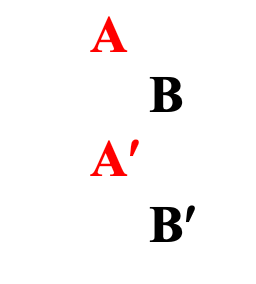
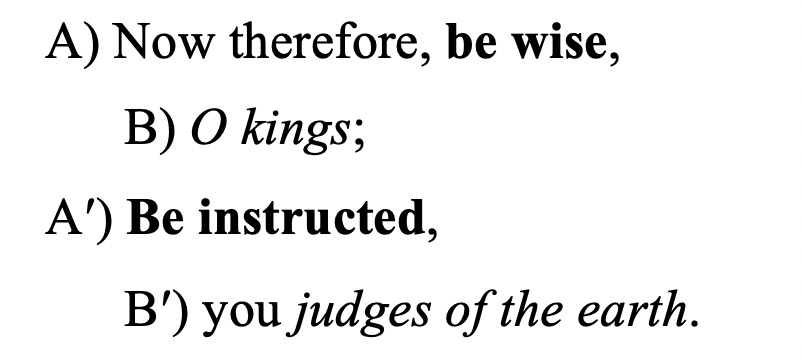
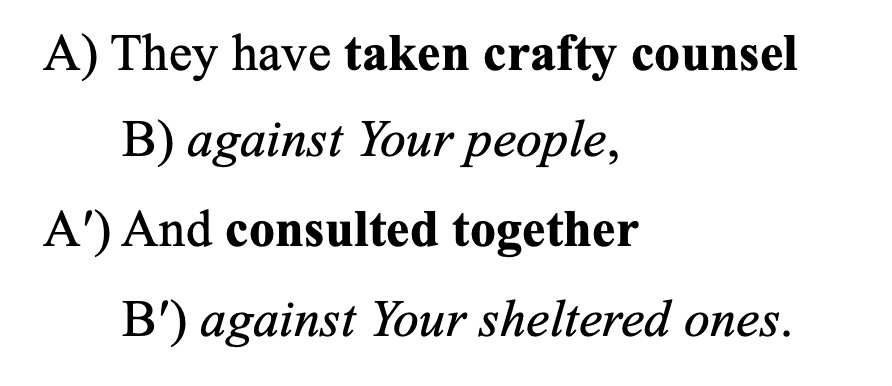
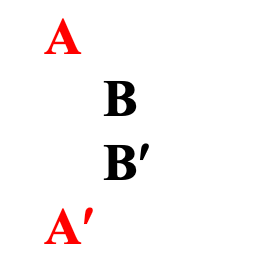
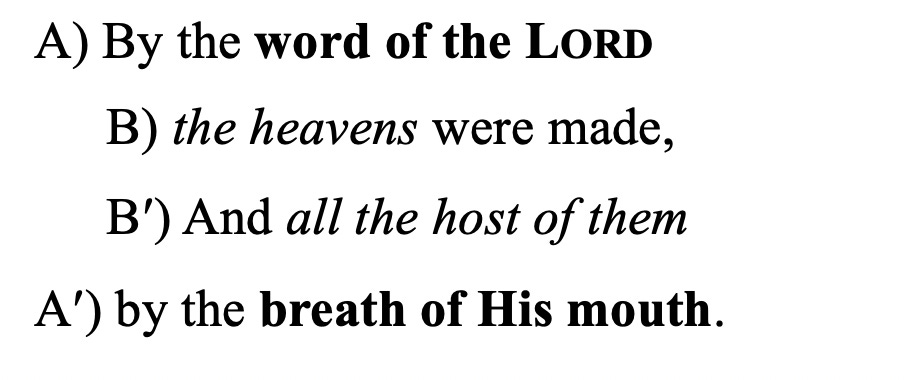
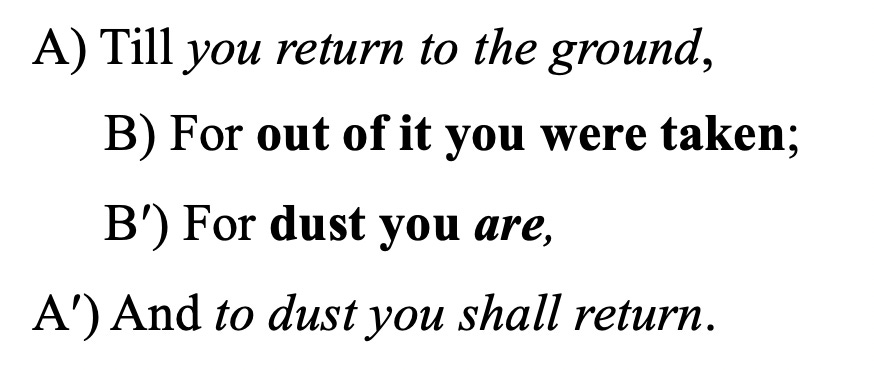
I just posted about chiastic structures. My novel Warrens Witches Psionics has a Christian theme too.